This article discusses next-gen design and how new technologies and tendencies affect design. It is part of our blog series covering different design trends.
There have been many technological advancements in the past years to improve the workplace experience, especially during the pandemic. Now that the worst is behind us, it is an excellent time to look back and explore the key learnings from the past to prepare ourselves for the future. This article will dive into how new trends and technologies affect design, specifically in next-gen design.
Design for experiences
We have observed a key trend in many design disciplines, such as fashion, furniture, and graphic design. Designers have shifted their focus to the experience of their product while maintaining the same blueprints as designers decades before them. This key trend is evident in the return of 90’s fashion trends or Y2K’s graphic design tendencies. The content may be the same, but the opportunities to experience things are limitless.
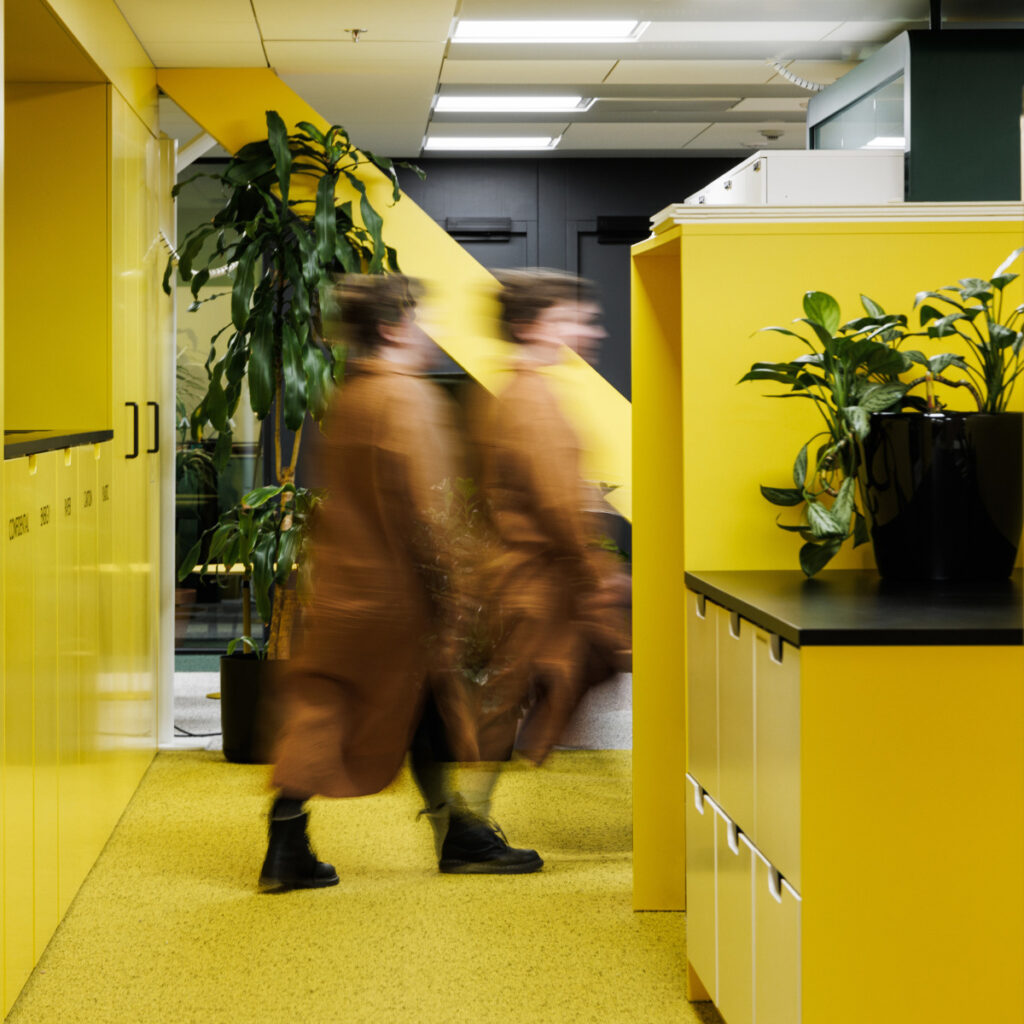


In essence, designers now recognize that the experience of using a product is just as important as the design itself. By focusing on the user’s experience, designers are creating designs that are not only visually appealing but also more functional and accessible to users. With advancements in technology and design tools, designers have more options to experiment and create new designs that push the boundaries of traditional design methods. As a result, the possibilities for design experiences are endless.
Design for personalization
Many organizations are facing challenges in bringing their employees from their home offices back to the office. During the past pandemic years, employees have had time to personalize their working environment to suit their needs at home. Why should they spend the extra hours commuting to a generic work environment lacking personal touch?
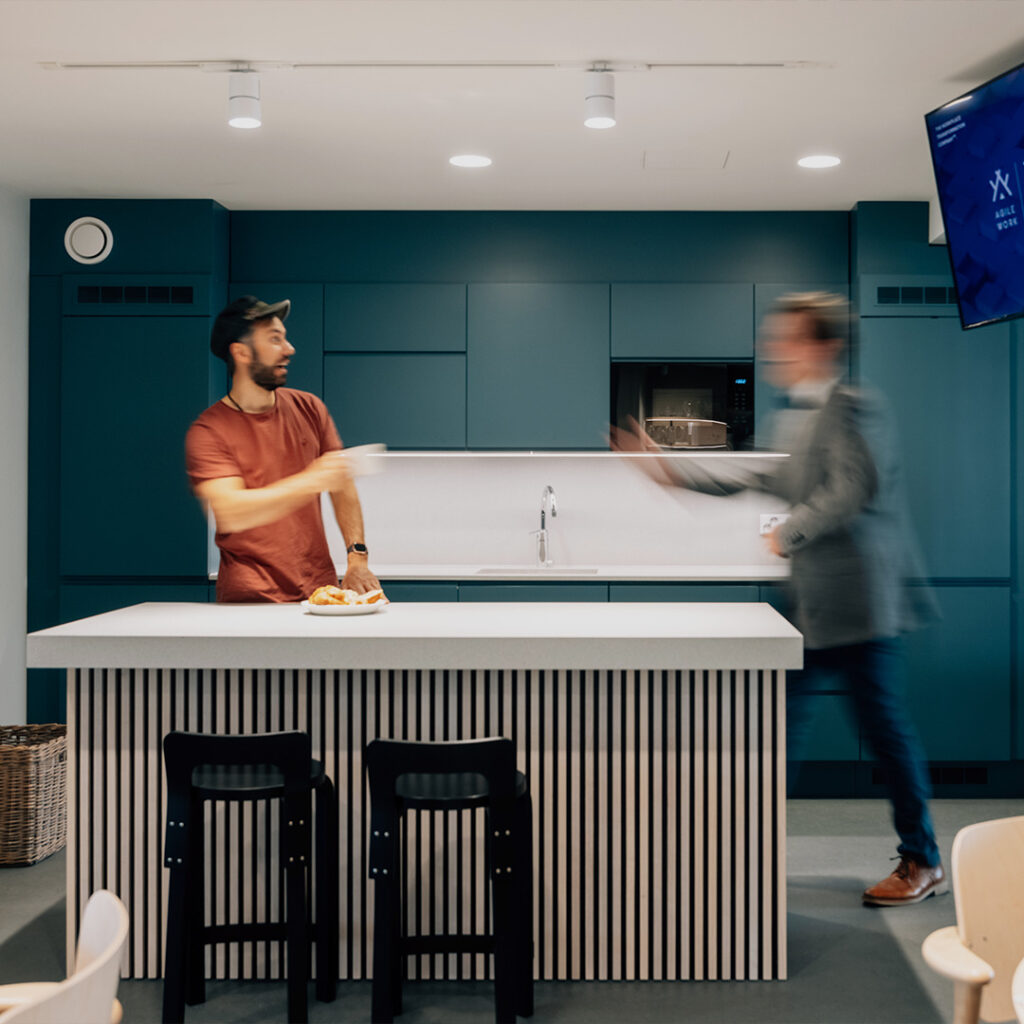
Bringing personalized experiences to the workplace will be vital to make employees want to return. To achieve this, designers have started to implement innovative solutions that aim to make the workspace a more comfortable and personalized environment for workers.
To solve the problem, this is when technology, design, and community culture come together to bring personalized experiences to workplaces.
Think of the workplace as your personal feed, with content personalized exclusively to you. Imagine that the desk automatically adjusts its height when you enter the office. The lighting system syncs with your melatonin levels. The sound system plays your favorite playlist while you’re working. These are just a few examples of the personalized workplace experiences designers can create by incorporating innovative solutions.
Experiment with new technology
At Agile Work, we constantly experiment with new hardware and software. Technology can be a facilitator or an obstacle, depending on its application. It’s important for designers and developers to consider the practicalities of their solutions and to focus on creating tools and technologies that are user-friendly, intuitive, and easy to integrate into existing workflows.
Some big technology’s hype and exaggerated claims did not simplify people’s work. Instead, they resulted in more distractions and concerns related to brain ergonomics and technology burnout.
Some of these solutions were high-quality demonstrations that were difficult to apply in the day-to-day work of the end-users. Such as complex virtual reality setups that require a lot of time and effort to set up or complicated software tools that need extensive training to use correctly.
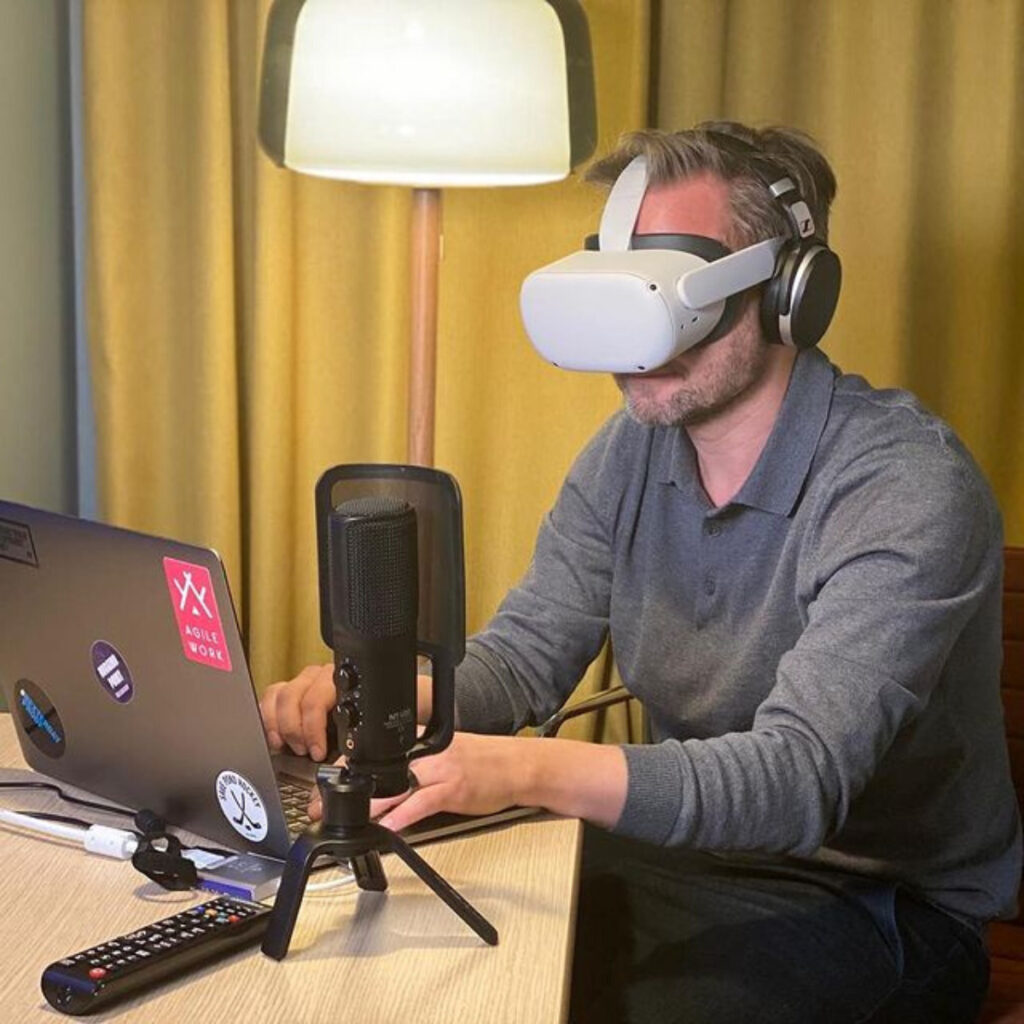
In general, any solution that requires a lot of time, effort, or technical expertise to implement is likely to be difficult for end-users to incorporate into their daily routines.
Stay up to date with the latest advancements
On the other hand, what exceeded our expectations were good-old classic text-based user interfaces and automation tools. These now come geared up with the latest technologies, such as Ai data analysis, open-source text editors, and collaborative environments. Some of the solutions we at Agile Work use are e.g., Notion, Slack, Howspace, Miro, etc. These simple yet powerful solutions taught us that the future is not flying cars and 3D holograms. The future can be as accessible as reading a book.
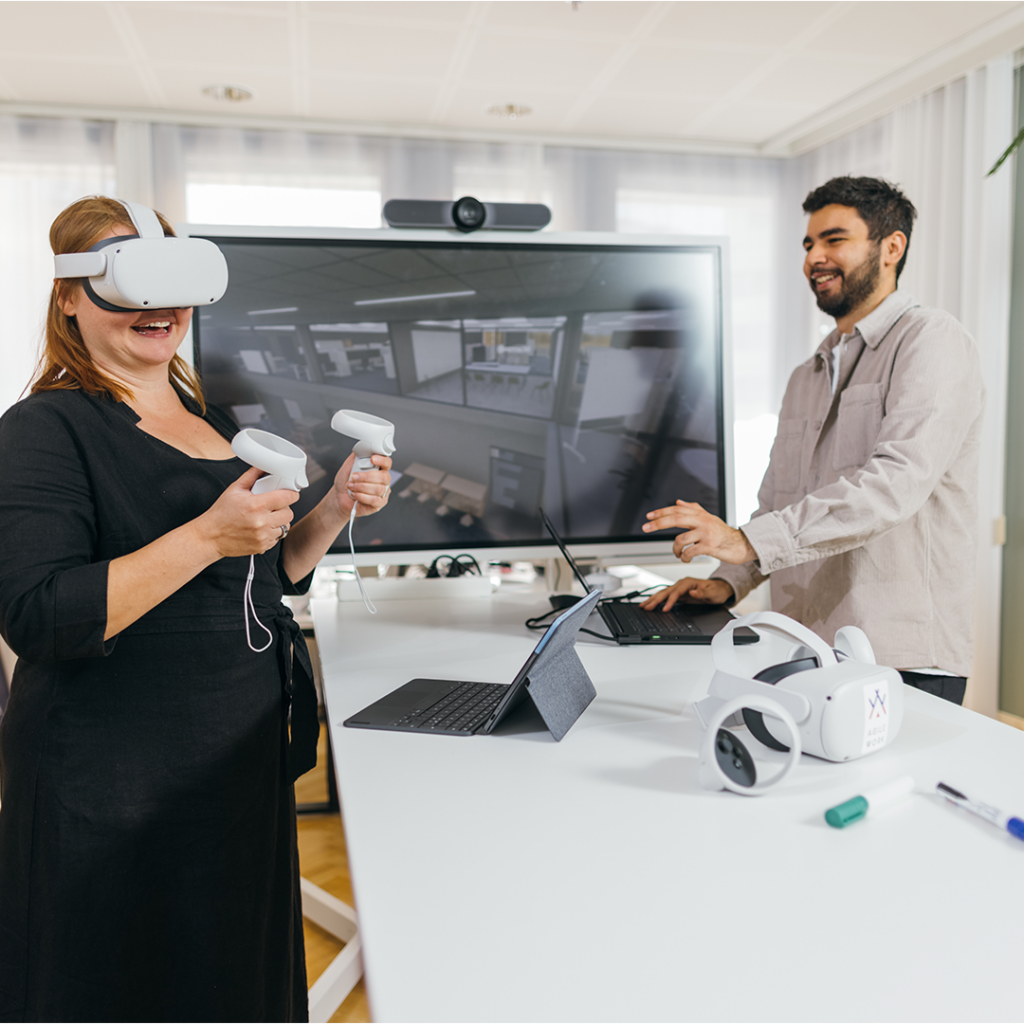
Regarding hardware, it’s crucial to acknowledge your IT structure and choose the most suitable hardware for your needs. Additionally, it’s critical to consider communication between different companies.
At Agile Work, we emphasize the flow of technology in our clients’ spaces. This is why we collaborate closely with our partners and customers’ IT personnel to meet all their networking needs.
Next-gen tech is evolving, and as designers, we need to stay up to date with the latest trends and advancements in technology to remain competitive.
What’s next?
In the future, we expect to see AI and VR being integrated more seamlessly into the design process. Ai is becoming mainstream, and Ai app platforms are getting the attention they deserve. In our workflow at Agile Work, this means automation, instant data analytics, and less going through long spreadsheets. We have already implemented various Ai analysis tools in our qualitative and quantitative research.
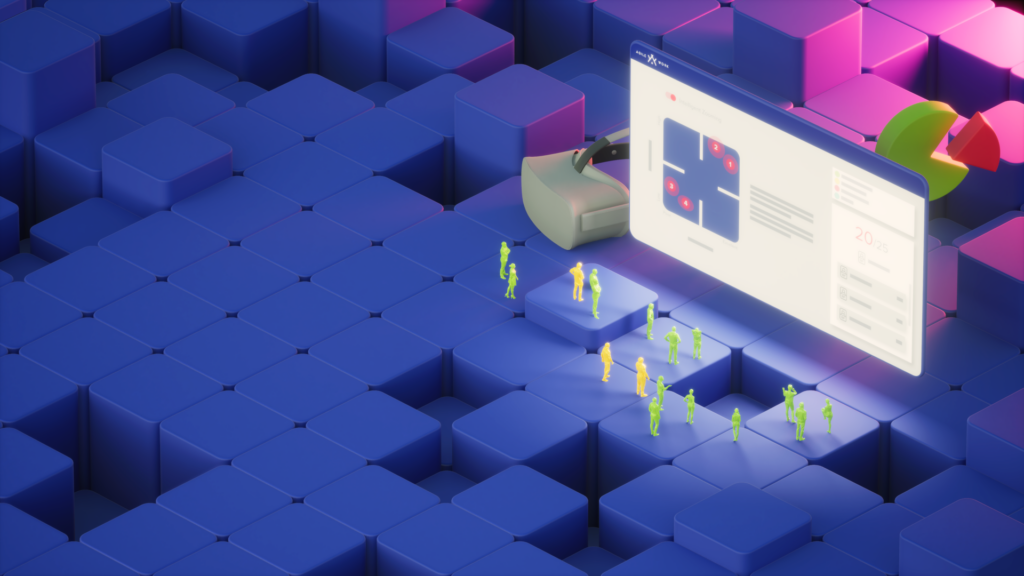
VR and the Metaverse might be experiencing a bit of false euphoria, but the hype is pouring a lot of investment into developing the technology. So, we will hopefully see more mature and accessible VR solutions in the near future.
In conclusion, new technologies such as AI, VR, and AR will undoubtedly shape the next-gen design. These technologies offer designers new ways to conceptualize, prototype, and test their designs. All resulting in better-designed products and more efficient design processes.
As these technologies continue to develop and become more accessible, we can expect to see significant advancements in the field of design. Also, as the workplace evolves and new technologies emerge, designers will continue to explore new ways to enhance the workplace experience and make it a more personalized and comfortable environment for workers.
SOURCES
– Workplace
– Contentstack
Want to talk about how to create innovative spaces for your organization? Contact us!
More to read?👇
Design Trends 2023 -series
How Virtual Reality Can Facilitate Workplace Transformation
Top 3 reasons to come to the office in the future



